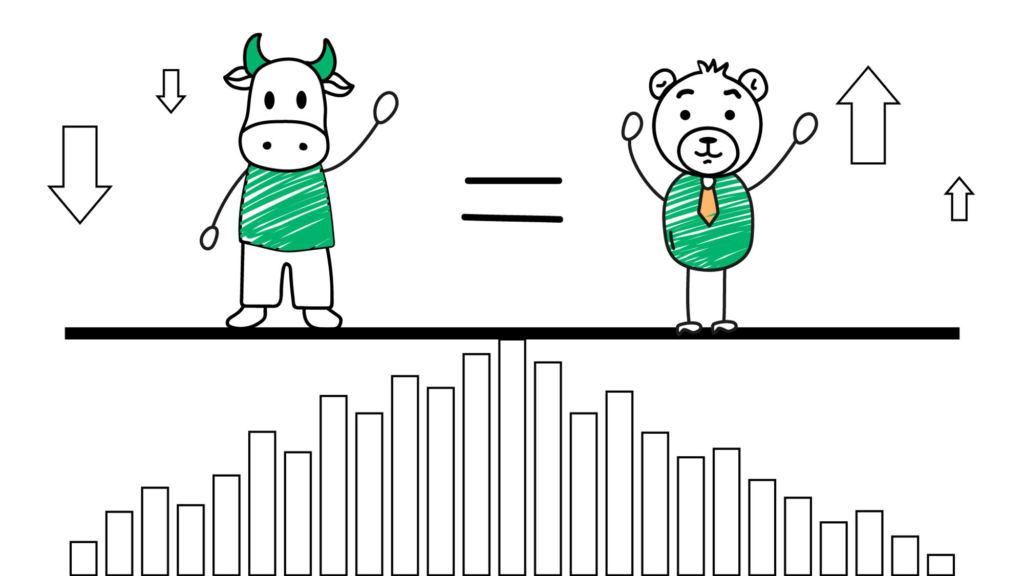

The Short Straddle strategy involves selling both a call option and a put option at the same strike price and expiration date. The trader will profit if the price of the underlying asset remains within a specific range until expiration. The maximum profit that the trader can make is the premium received for the options, while the maximum loss is unlimited.
Advantages
Disadvantages
Example
Suppose a trader sells a Short Straddle option for the stock of HDFC Bank with a strike price of INR 1500 and an expiration date of June 30, 2023. The trader receives a premium of INR 100 for the call option and INR 120 for the put option, resulting in a total premium of INR 220. If the price of HDFC Bank remains within the range of INR 1280 to INR 1720 until the expiration date, the trader will make a profit of INR 220. If the price of HDFC Bank moves significantly in either direction, the trader will face losses. For instance, if the price of HDFC Bank decreases to INR 1200 by the expiration date, the trader will face a loss of INR 280 (INR 1500 – INR 1200 + INR 220). If the price of HDFC Bank increases to INR 1800, the trader will face a loss of INR 280 (INR 1800 – INR 1500 + INR 220).
The Long and Short Straddle strategies are useful for traders who are looking to profit from a significant move in the price of an underlying asset. The Long Straddle strategy allows traders to profit from a significant move in either direction, while the Short Straddle strategy allows traders to profit if the price of the underlying asset remains within a specific range. However, these strategies are high-risk, and traders must understand the risks involved before investing.
Additionally, the examples mentioned in this blog are based on hypothetical scenarios and are for illustrative purposes only. It is crucial to conduct proper research, analysis, and risk management before making any trading decisions.